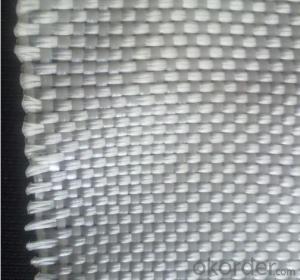If you’re a homeowner, gardener or construction professional, you may have heard of the term “lowes geotextile fabric” when looking for materials to enhance your landscaping or building projects. Geotextile fabric is a versatile material that has gained popularity due to its many uses. This article will look into the uses, benefits and how to choose the right geotextile fabric from Lowe’s.
What is Geotextile Fabric?
Geotextile fabric refers to porous textile fabrics made out of synthetic polymers such as polyester, polypropylene or nylon. It is designed to perform various functions like separation, filtration, reinforcement and drainage in different civil and landscape engineering tasks. This cloth is durable enough thus it is capable of withstanding different environmental conditions.
Why Choose Lowe’s for Geotextile Fabric?
Lowe’s is a well-known home improvement store that provides a wide variety of geotextile fabrics suitable for different projects. Shopping at Lowe’s guarantees high-quality products at competitive prices. Furthermore, their staff are knowledgeable enough to assist you in choosing the right fabric for your needs.
Applications of Geotextile Fabric
Erosion Control: One of the major uses of geotextile fabric involves preventing soil erosion. Either along slopes or around plants or in garden beds it can be used so as to avoid soil erosion.
Drainage: The fabric allows water through but retains soil particles which make it ideal for draining systems in landscapes and construction sites.
Separation: At times layers can be separated by use of geotextile fabric so as to prevent mixing which is vital especially in road construction among other projects.
Reinforcement: By reinforcing the soil, it adds strength and stability on slopes, retaining walls and other structures.
Filtering: It permits passage of water while keeping soil and other debris intact.
Selecting the Right Geotextile Fabric
When choosing a geotextile fabric from Lowe’s, consider the following factors:
Project Requirements: Determine project specifications to select the right fabric type, weight, and strength.
Material: Choose polyester, polypropylene or nylon based on how long you want them to last and environmental conditions at the site.
Size: Measure the area where the fabric will be used to determine the required size.
Permeability: Ensure that your choice of geotextile fabric is permeable enough for drainage or filtration purposes in your job.
Cost: How does it compare when it comes to price with others of its kind?
Installing Geotextile Fabric
Installing geotextile fabric is simple but requires careful attention to detail. Follow these steps for successful installation:
Prepare the Area: Remove all debris and flatten ground surface.
Unroll the Fabric: Carefully lay out the material avoiding any creases and folds.
Overlap the Layers: If multiple layers are being used, overlap by at least 2-3 inches so that there is no slippage between them
Secure The Fabric: Use pins, staples or weights to hold down the fabric
Backfill: Backfill gradually keeping the fabric taut and in place as you go along
Lowe’s Geotextile Fabric: A Personal Account
I remember using the Lowe’s geotextile fabric for a new landscape in my backyard. Even though I doubted whether it would work, when I saw what had been done, I was really happy with the result. This fabric helped me reduce erosion by controlling water, improved drainage and made my garden look tidy. The whole thing was easy to put into place and surpassed my expectations of the quality of the material.
Conclusion
To sum up, lowes geotextile fabric is an essential option for various projects. Being a professional or DIY fan, you will find different high-quality geotextiles at Lowe’s. By knowing their applications, advantages and how to select one; it is possible to make an informed choice regarding this kind of fabric use in your project. Finally, remember that the right material can significantly contribute to the success and durability of your landscaping/building projects.







